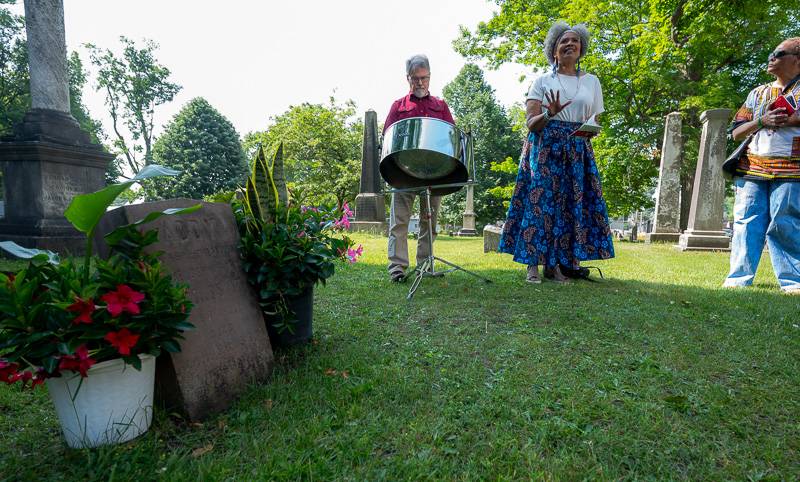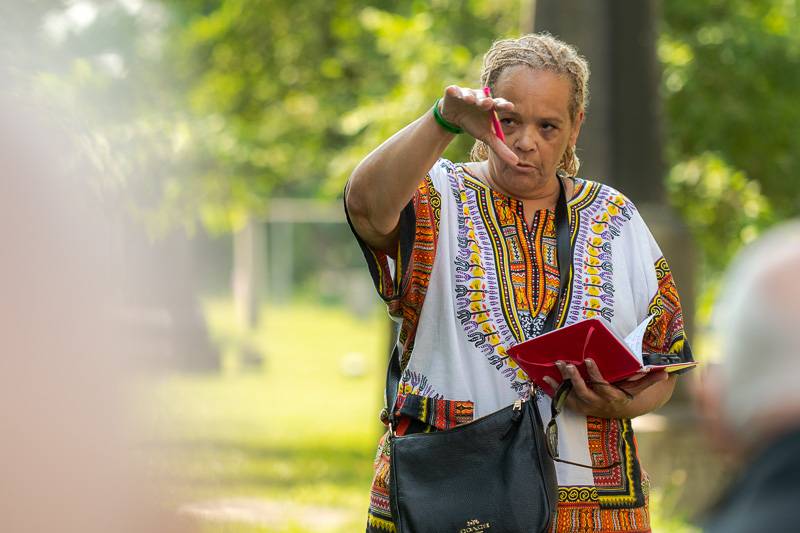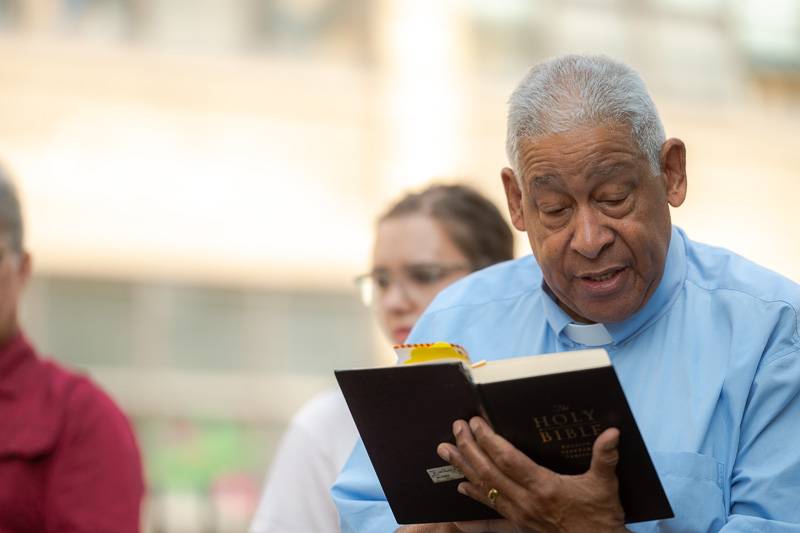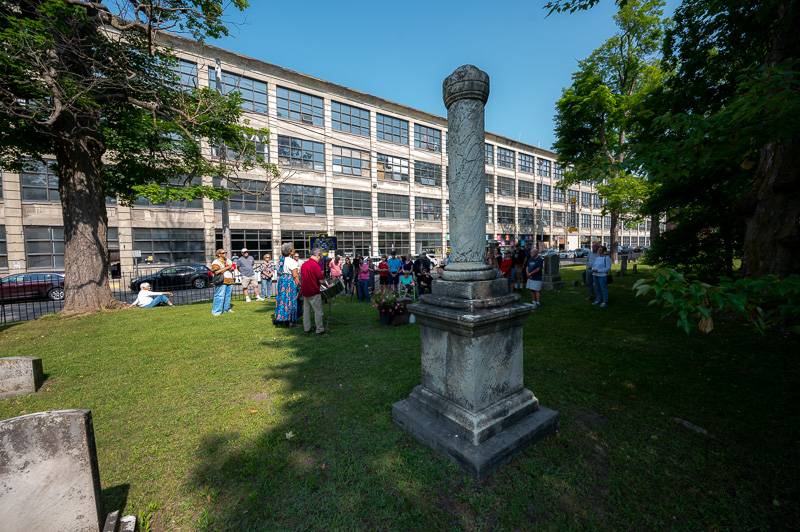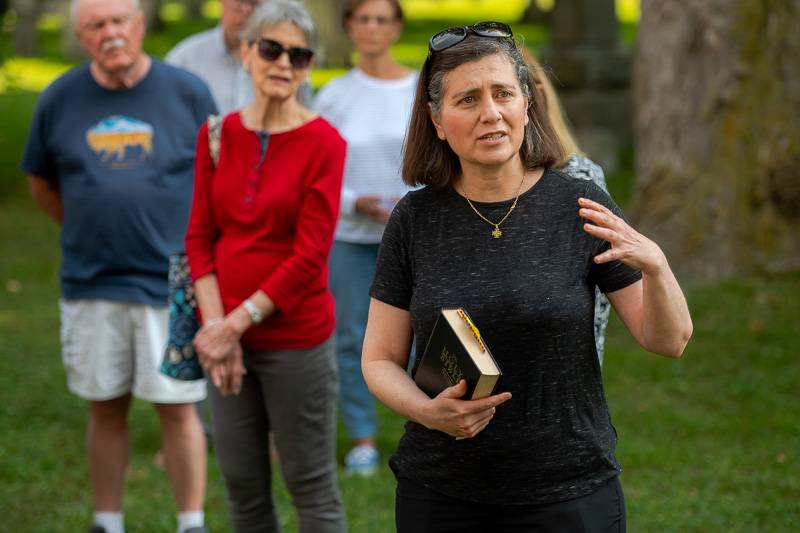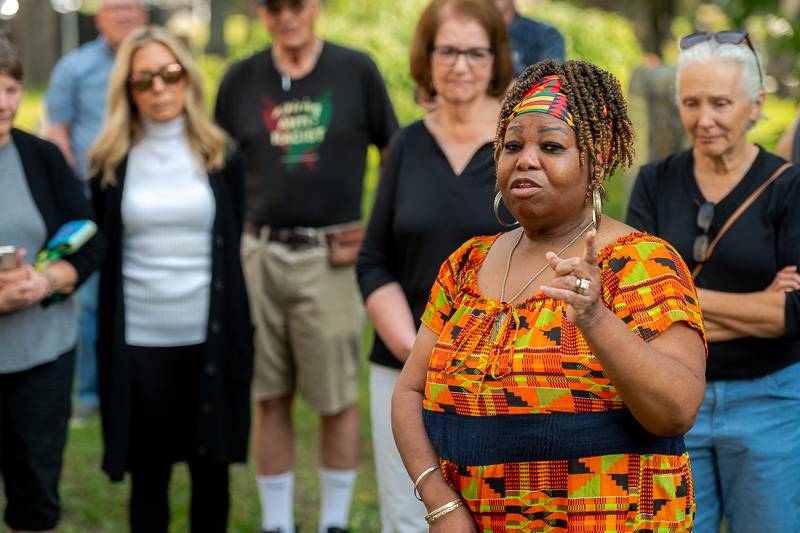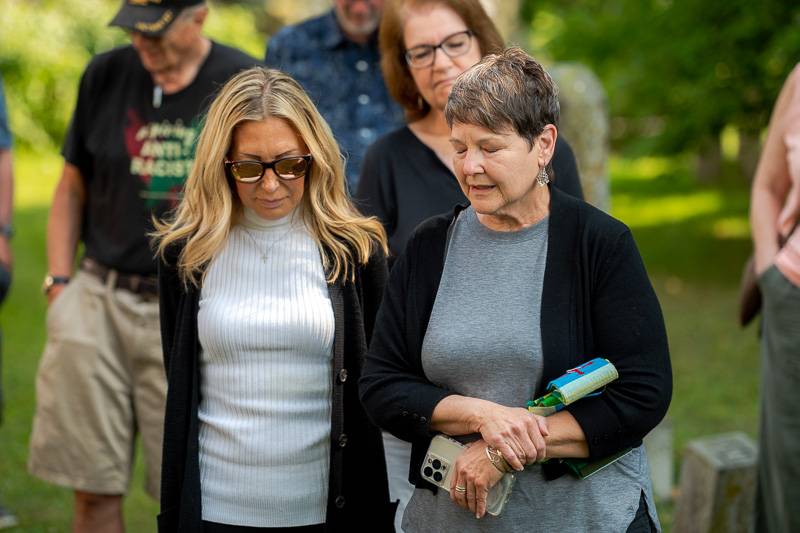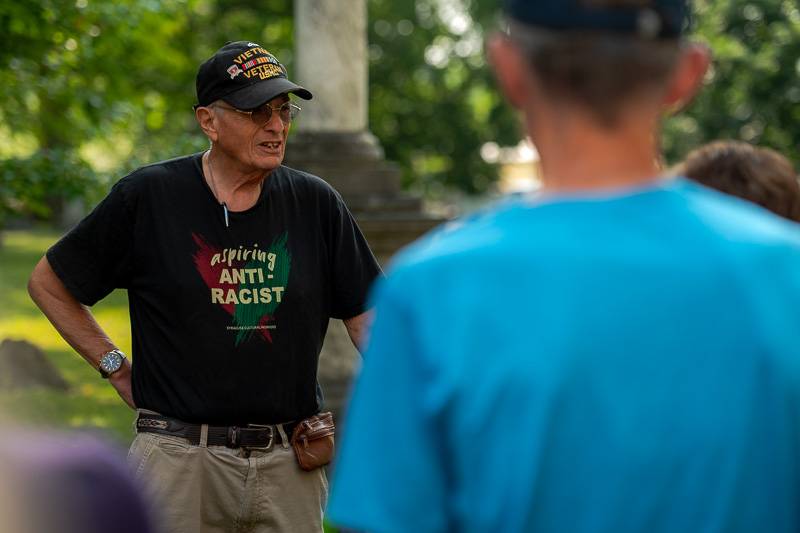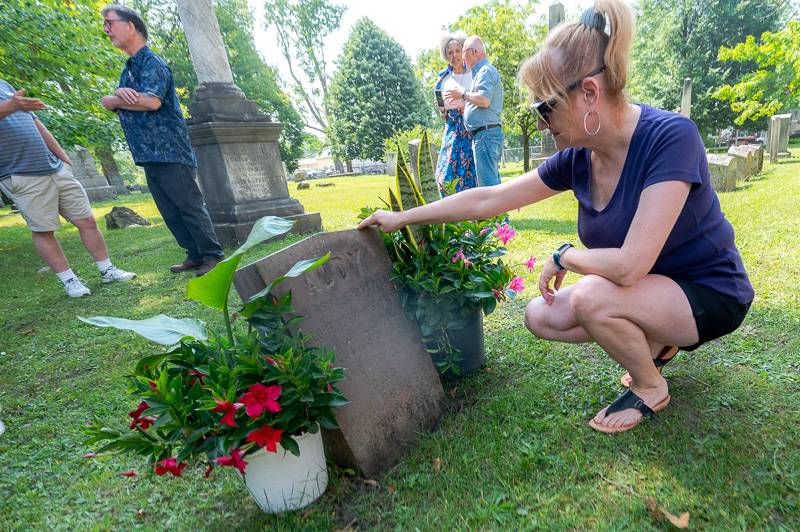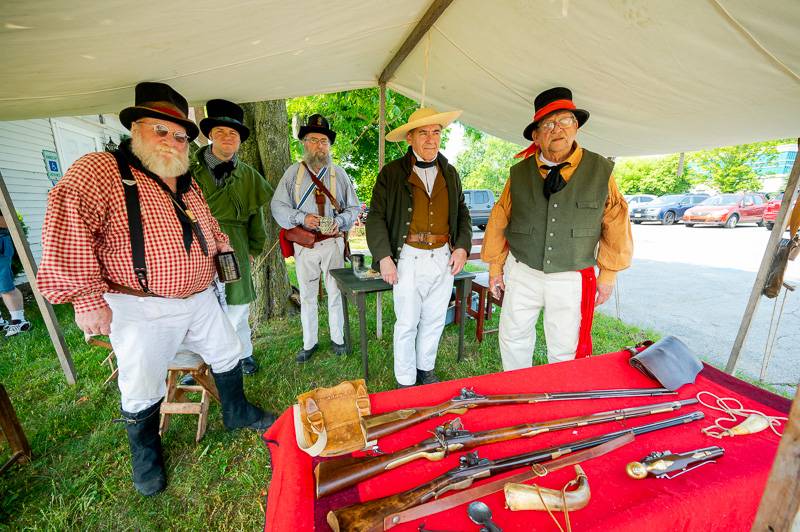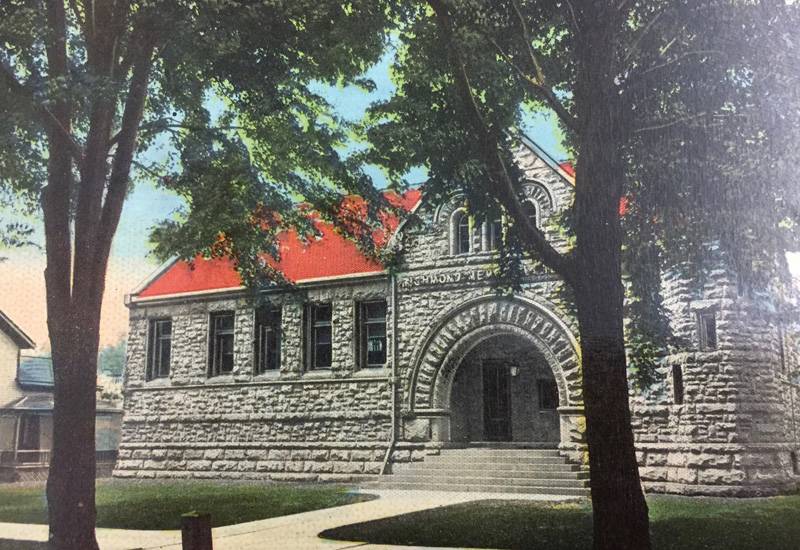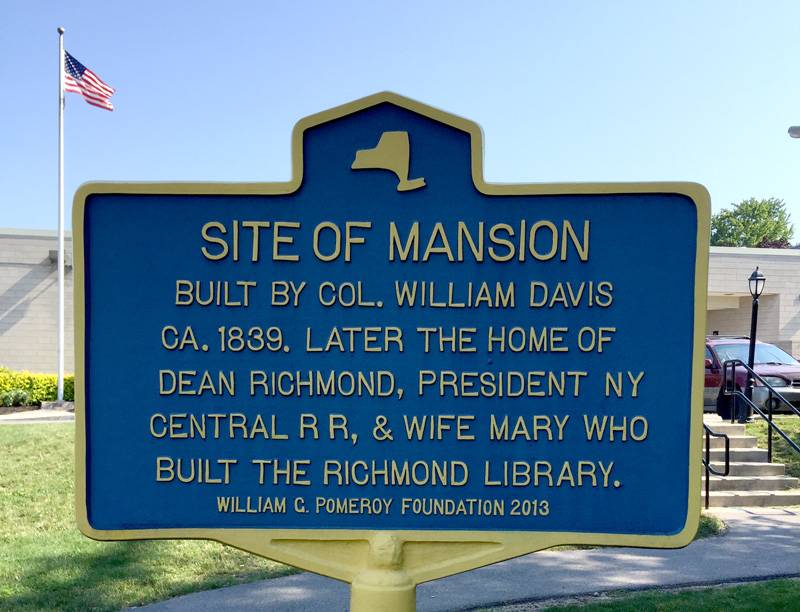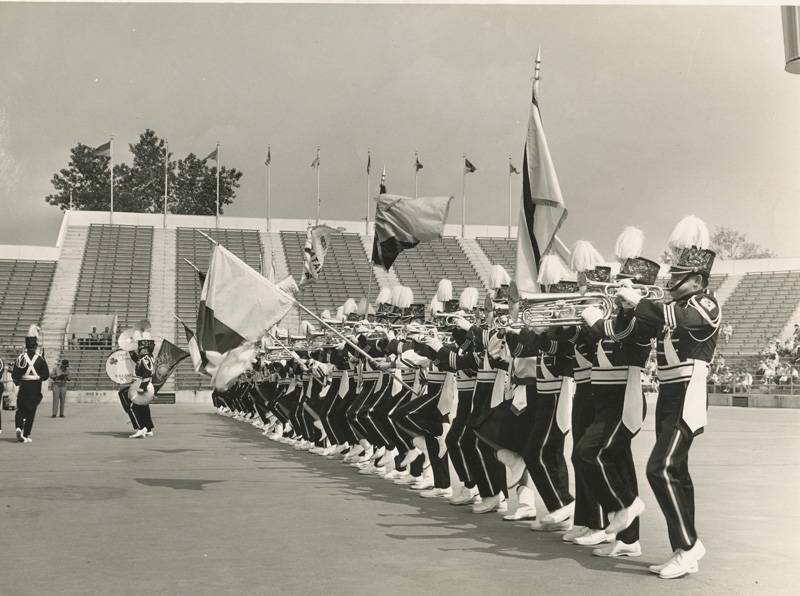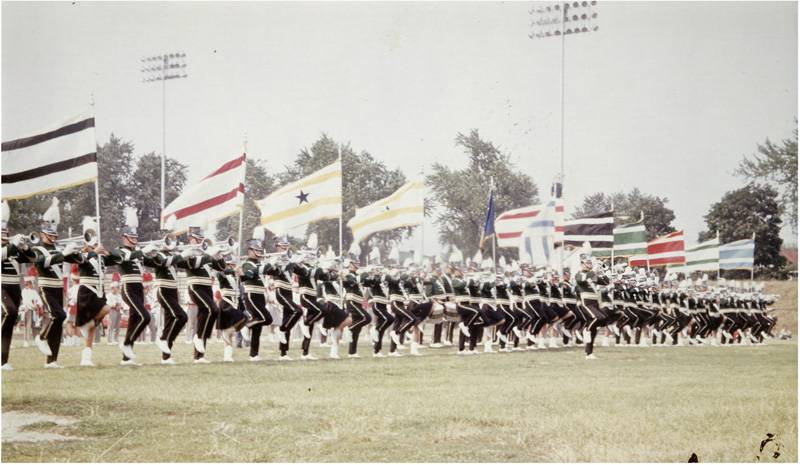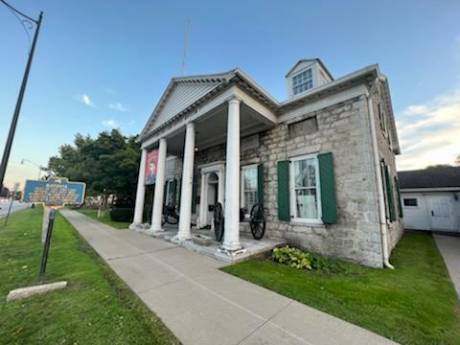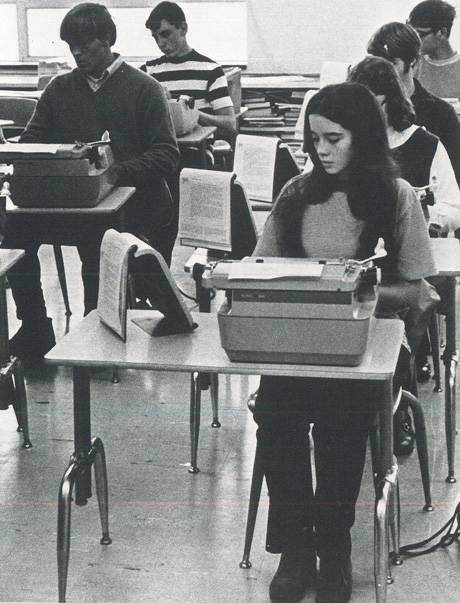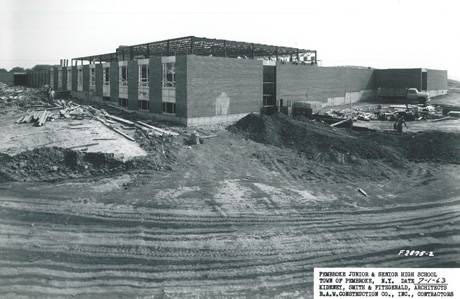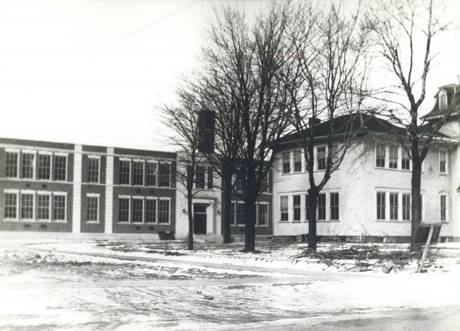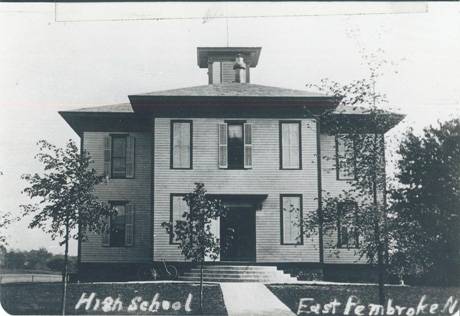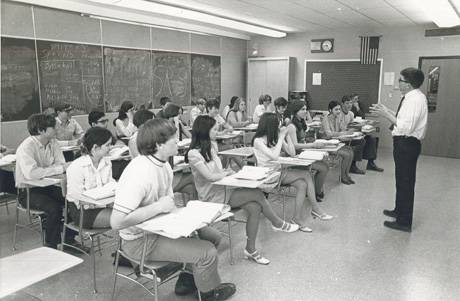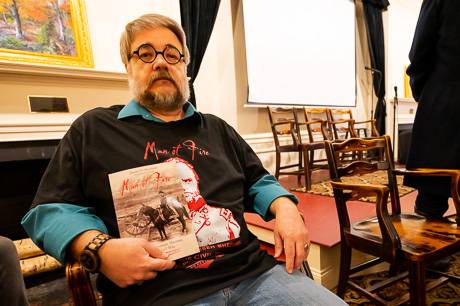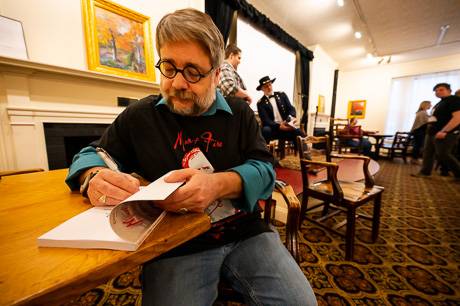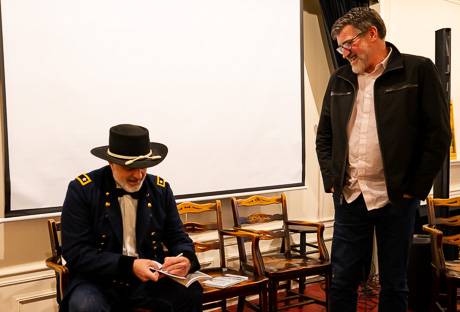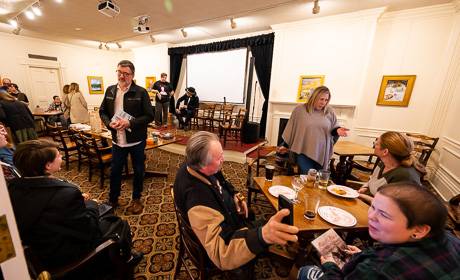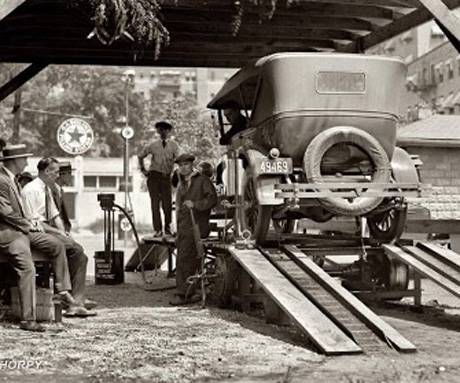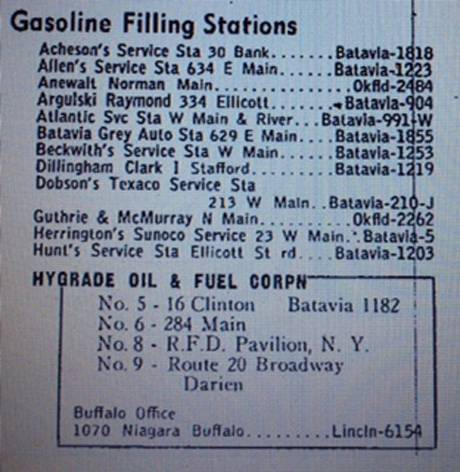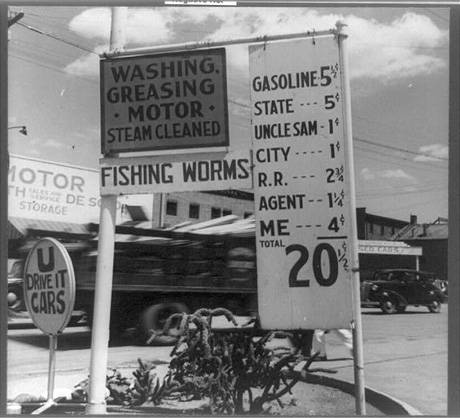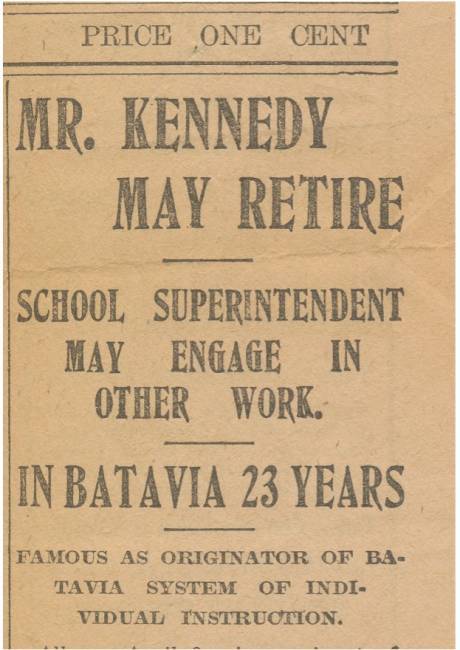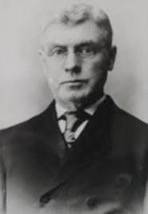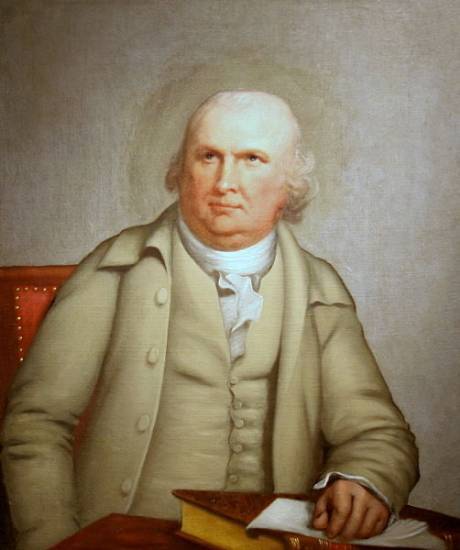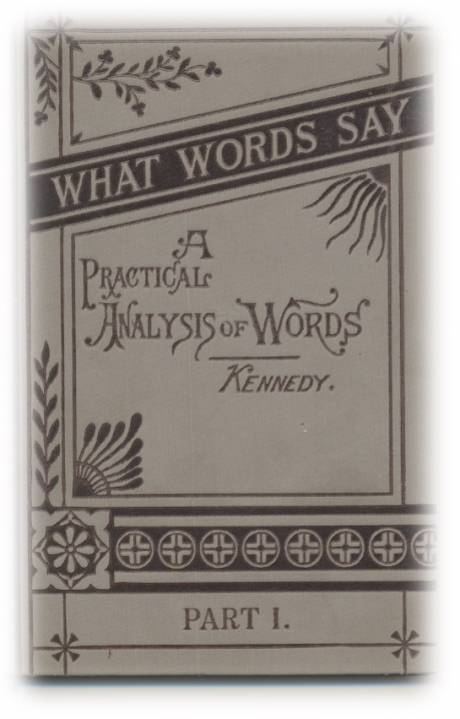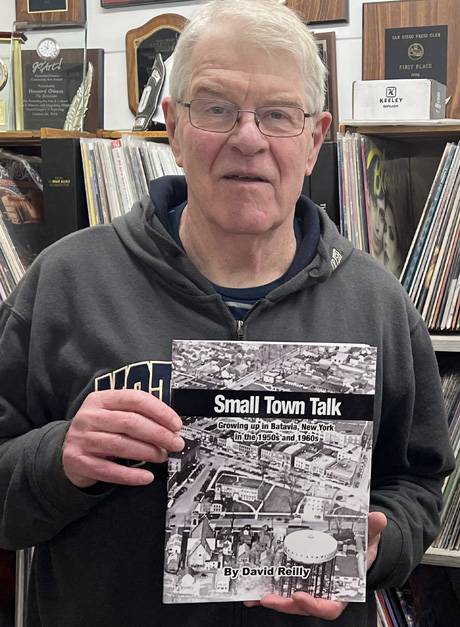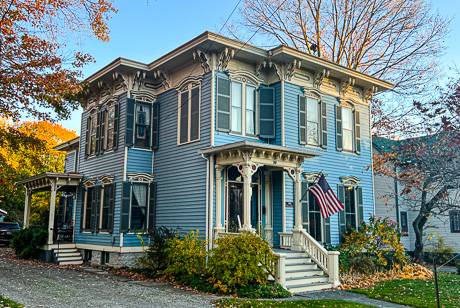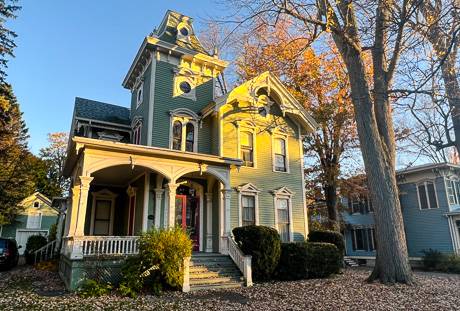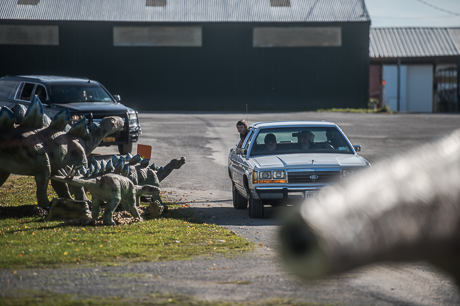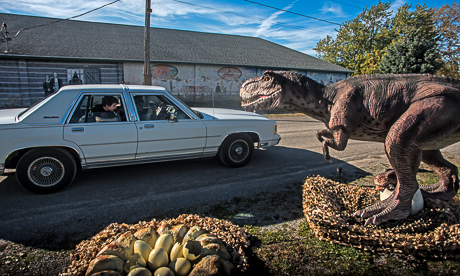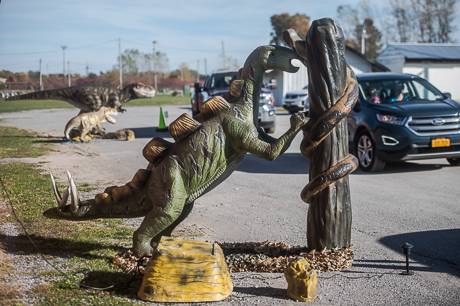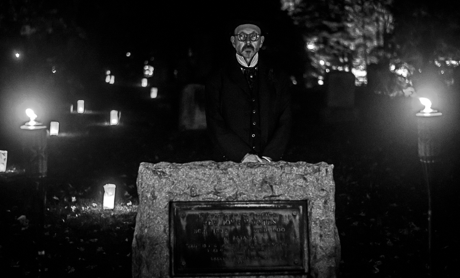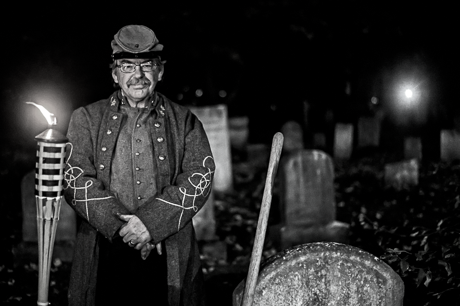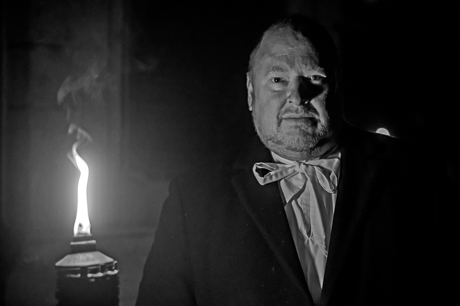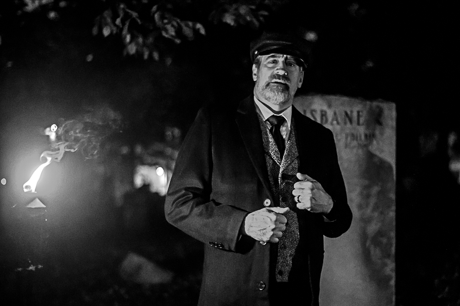Out of options, Bethany Town Board seeking bids for demolition of old town hall
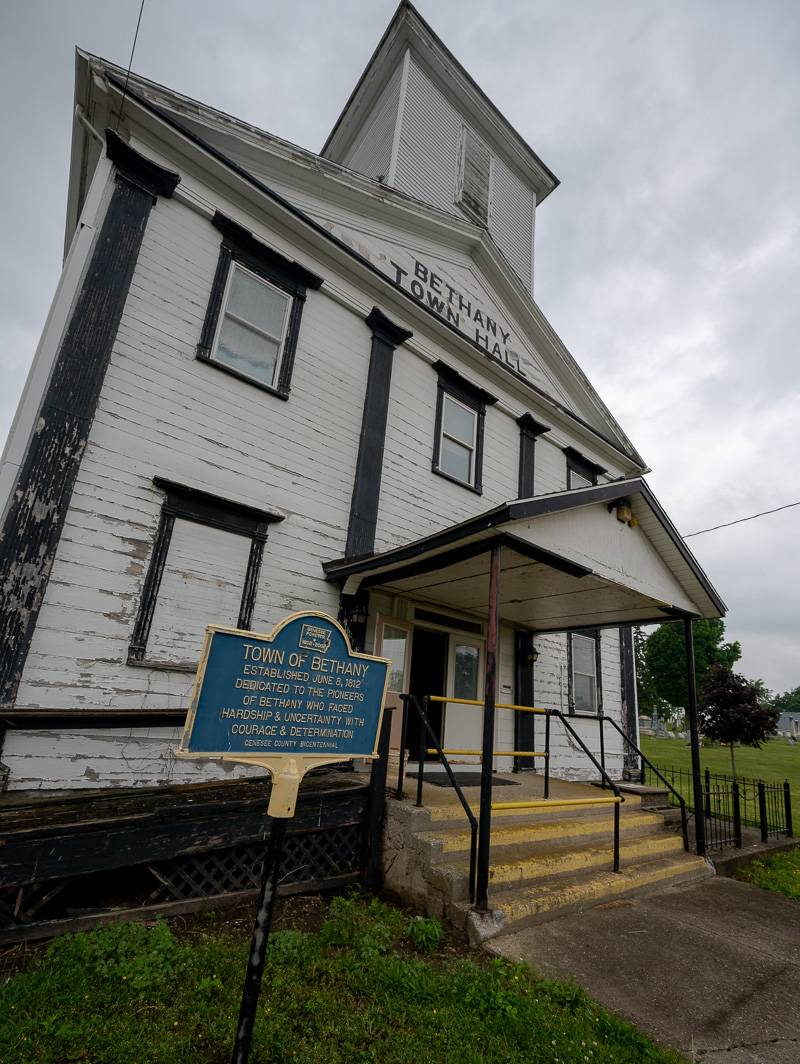
Photo by Howard Owens
Even many of Bethany's oldest residents, said Town Supervisor Carl Hyde, have come to accept the unpleasant but unavoidable and undeniable reality of the situation. The old Town Hall, built in 1832, must come down.
The town is currently accepting bids from demolition contractors.
But there is a plan in place to preserve a bit of history and provide residents with a new park where the town hall currently stands.
"It's a hard decision that we had to come to, but the reality is, I can't raise taxes. I can't double everybody's taxes to come up with $2 million to save the building," said Town Supervisor Carl Hyde during an exclusive tour of the structure with The Bataivan. "It's a hard spot as a town supervisor to be in when you have to deal with something like this."
There are several factors that have the town in a seemingly unsolvable dilemma.
- The town has been trying to sell the building for many years with no takers, even offering to sell it for $1 if the buyer will ensure it is usefully occupied;
- One reason there are no buyers, and why the town can't use the building, is to make use of the second floor for any public purpose, is an elevator needs to be installed, as well as make other ADA-compliant upgrades;
- The building isn't connected to water and can't be connected to water unless a new water district is approved for the hamlet, and there's no guarantee that will happen;
- Under current state law and regulations, the building needs plumbing connected to a septic system.
The septic system issue is its own set of complications, Hyde explained.
"For this building to be used for anything, somebody's going to have to put in a septic system," Hyde said. "So the property line goes to 15 feet off the back of the property. On the north side, the property line is the edge of the building. And then you have what little bit of property there is out front. So there's no property to put a septic system in."
If the town wanted to install a septic system, it would have to tear down the highway department building behind the structure, and then that building would need to be replaced by a new structure at another location.
That's another "astronomical" expense, Hyde said.
So the price tag to save the building is at least $2 million, and then there's no guarantee the building can get public water.
"We've reached out to Genesee Valley Museum in Caledonia-Mumford, a place on Long Island and a place in New Hampshire, to donate the building to have them come to take it apart, relocate it, and they're not interested because of the cost factors," Hyde said.
It's a beautiful building inside and out, but state officials have said emphatically that it has no historical value. No famous historical figure ever visited it. Nothing of historic significance ever happened inside the building. There is no barrier to tearing it down, and Hyde said the town board feels it's left with no other option.
"So we've got some structural issues plus the ADA issues plus the no septic issues plus the no water issue," Hyde said "We can't use it for anything. What we're going to do is take the building down before it falls down, and we're going to turn the property into a green space."
A green space that preserves the history of the old town hall.
"The cupola is going to stay on the property, the yoke is going to stay on the property, and the bell is going to stay on the property," Hyde said. "That's going to be the centerpiece of a display in the middle of the green space. So the town board has put a lot of work and effort and thought into doing the best we can with what we have to do."
Hyde plans to be on hand during the demolition, especially when work crews get down to the foundation. Nobody knows if there is a cornerstone with a lockbox of 1832 history in it. Hyde wants to make sure the structure is thoroughly searched for such a historical artifact.
As many artifacts as possible from the building are going to be stored by the county for safekeeping.
The request for proposals process from contractors closes on June 27. Hyde said the town has set a budget for demolition but doesn't want to release that figure so it doesn't influence bids by contractors.
Hyde said he's already spoken with some contractors about trying to preserve as much history as possible from the old building.
"We've told them as they're tearing the walls down and stuff, they're gonna be looking for oddities; what's between the walls? We don't know what's between the walls."
It's not easy to be the town supervisor responsible for overseeing the destruction of one of the town's most recognizable landmarks, but Hyde sees no way out.
"I grew up here in Bethany," Hyde said. "The town court was here, the town clerk was here, the town supervisor, the office, this was the town hall. But unfortunately, due to unforeseen circumstances, such as water, septic, this whole ADA thing -- unless somebody wants to write a check for $2 million and guarantee water, we can't figure anything out."
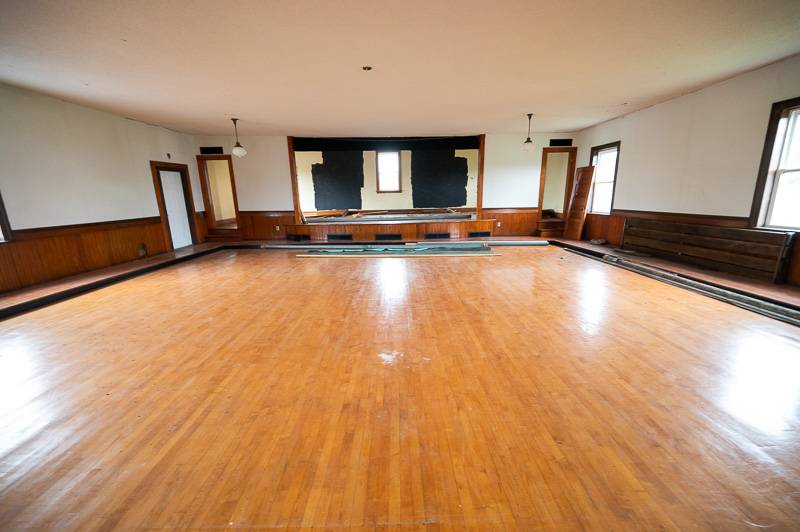
Photo by Howard Owens.
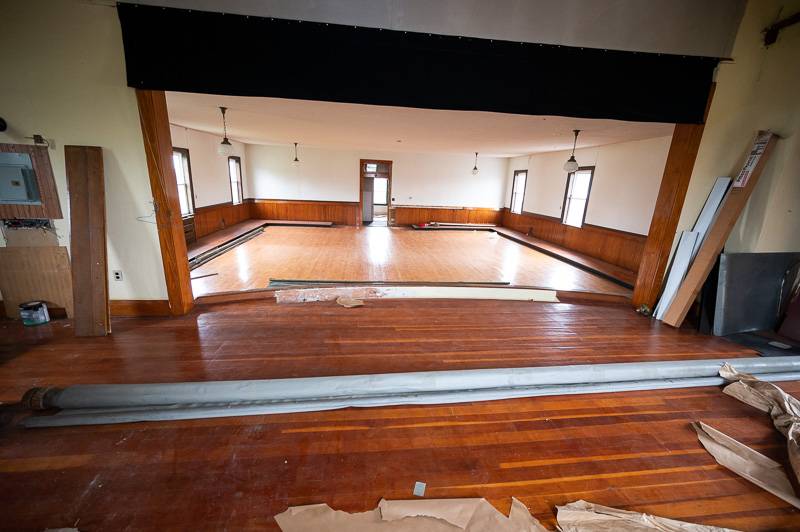
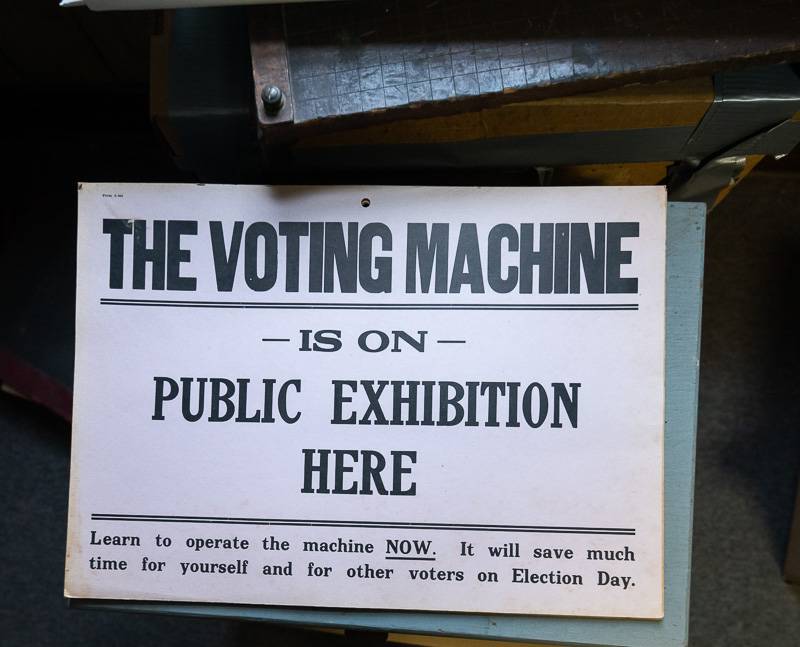
Photo by Howard Owens.
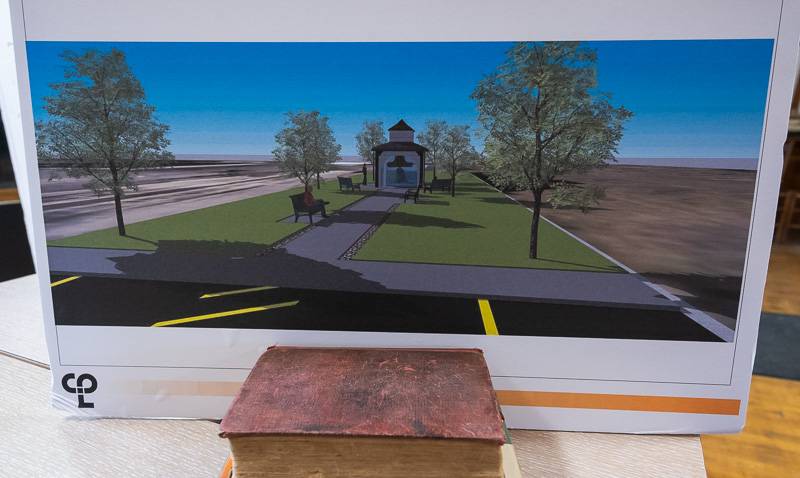
Photo by Howard Owens.
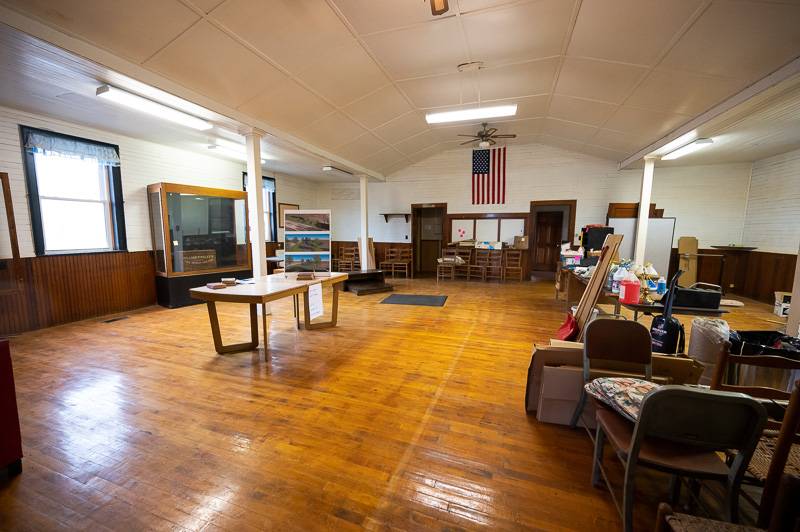
Photo by Howard Owens.
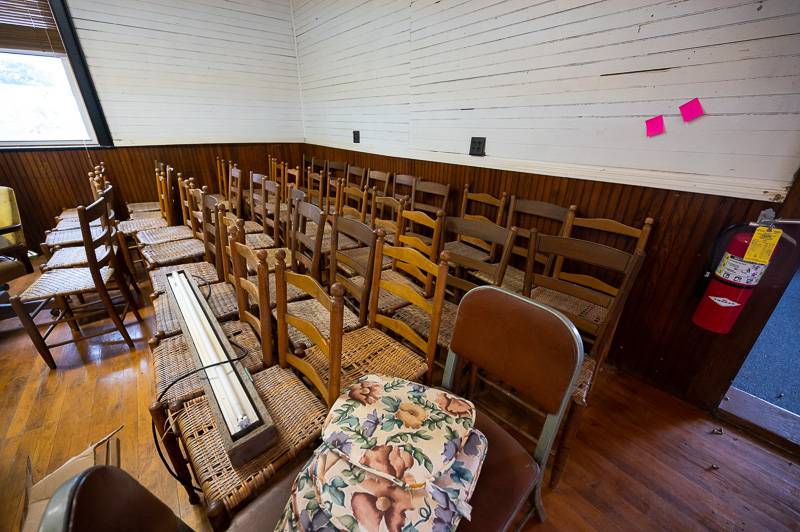
Photo by Howard Owens.
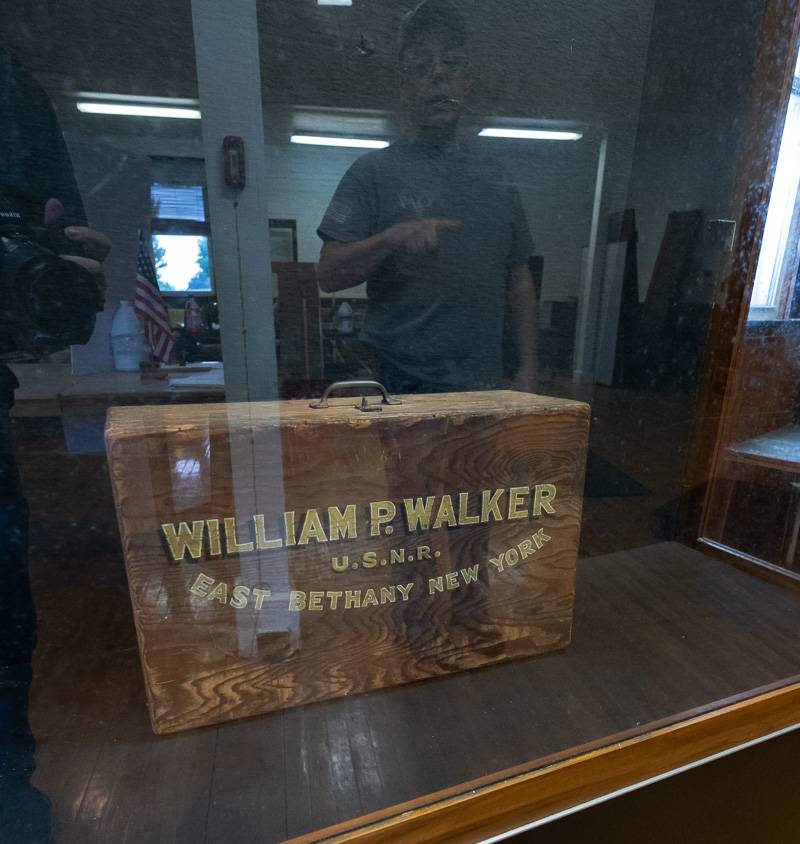
Photo by Howard Owens.
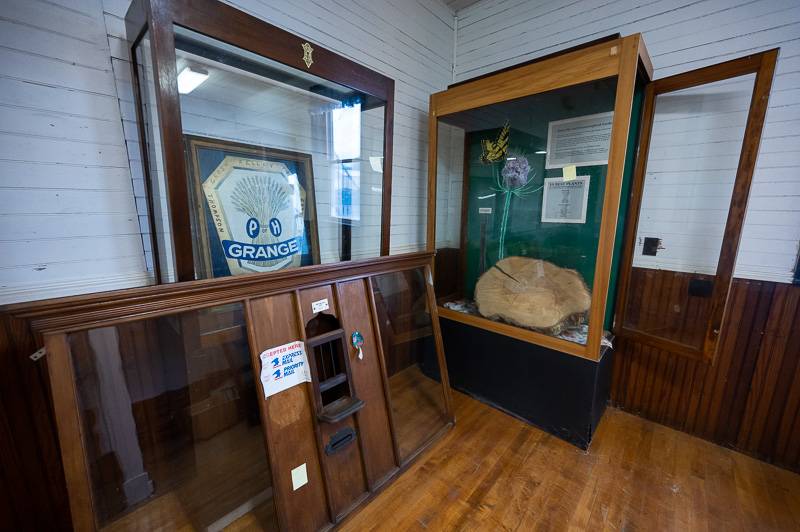
Photo by Howard Owens.
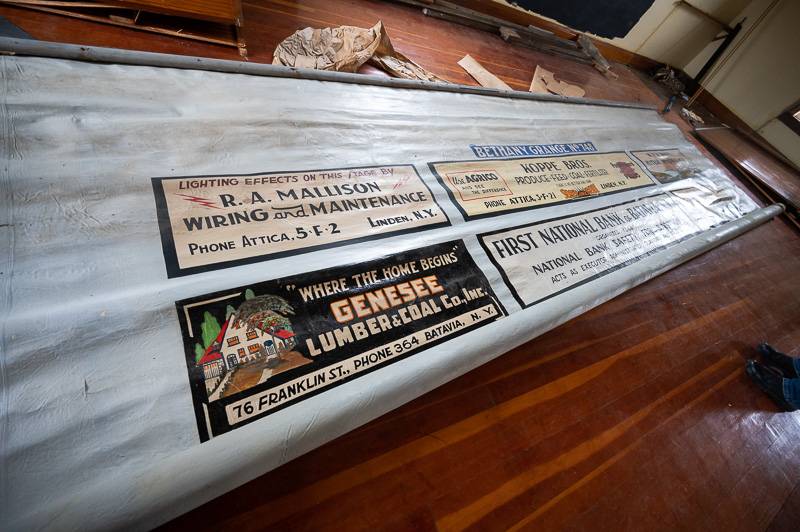
Photo by Howard Owens.

